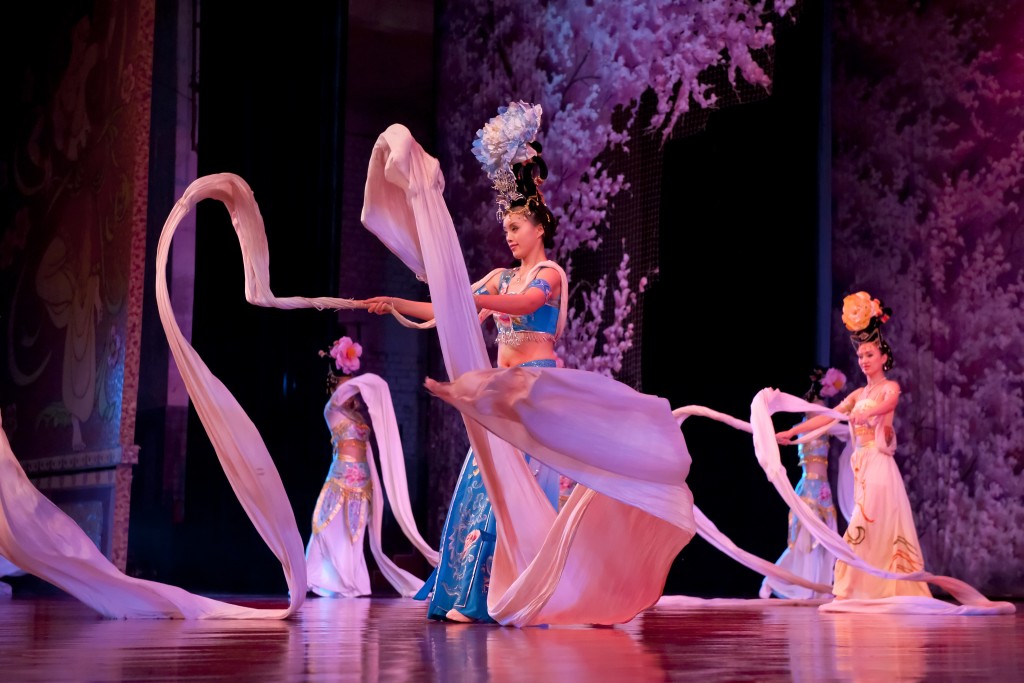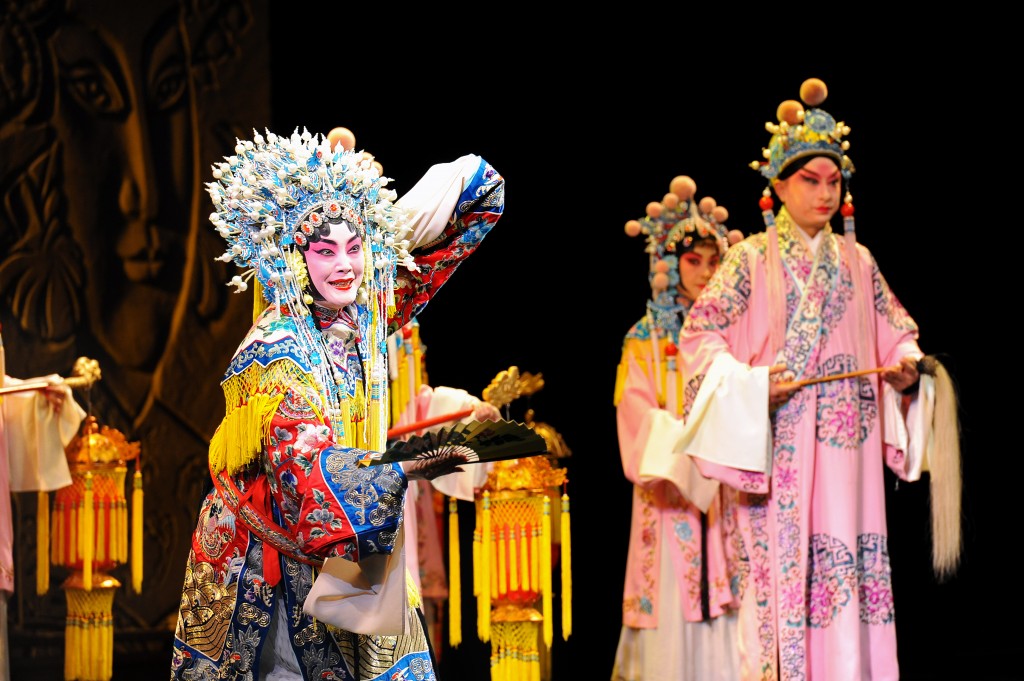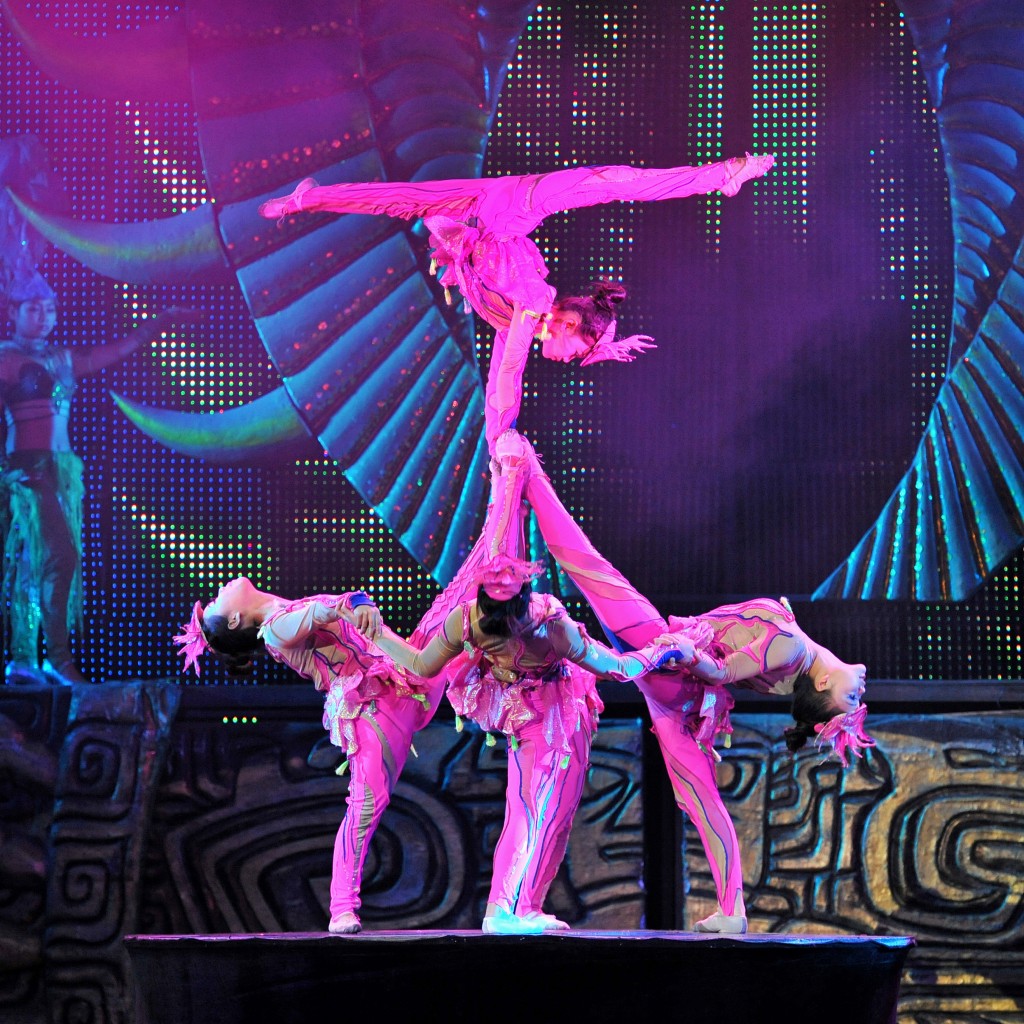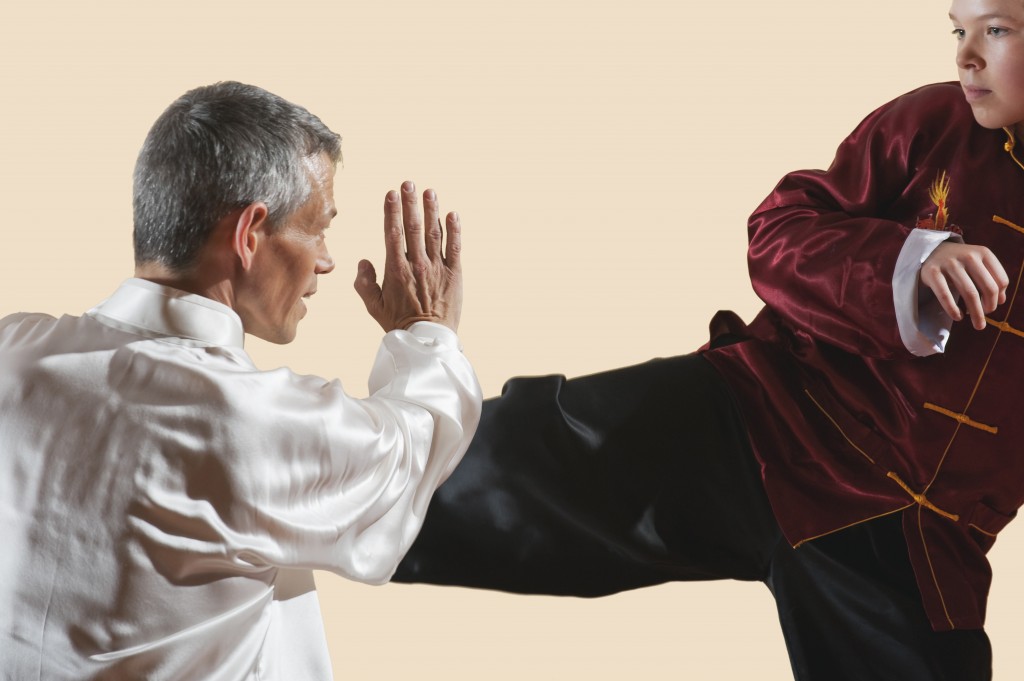Tang Dynasty Dinner Show

To the Tang Dynasty Dinner Show, a performance of Chang’an music and dances that was originated in the Tang Dynasty of Chinese history over a thousand years ago.
It has been recreated in accordance with various historical records and ancient arts and relics discovered in Xi’an, the capital of the empire throughout the Tang Dynasty regime.
The Tang Dynasty Dinner Show is performed by the “Tang Dynasty Song & Dance Troupe”, a branch of the “Shaanxi Provincial Song & Dance Troupe”. Accompanied with dinner, you will enjoy a national art that reflects the glory and richness of the Tang Dynasty era.
The program menu:
Prelude
Hua Qing Palace
An Ancient Chinese Instrumental Ensemble
Cultural Dance Segment
White Ramie Cloth Costume Dance
Da Nuo Dance
Rainbow Skirt and Feathered Coat Dance
Warriors Triumphal Dance
Instrument Musical
Happy Spring Outing
Highlighted by Spring Orioles Song
(Hand plucked string instrument with Pai Xiao solo presentation)
Finale
Ta Ge
Peking Opera Show

Peking opera of China is a national treasure with a history of 200 years. In the 55th year of the reign of Emperor Qianlong of the Qing Dynasty(1790), the four big Huiban opera Troupes entered the capital and combined with Kunqu opera, Yiyang opera, Hanju opera and Luantan in Beijing’s thearetical circle of the time. Through a period of more than half a century of combination and integration of various kinds of opera there evolved the present Peking opera, the biggest kind of opera in China, whose richness of repertoire, great number of artists of performance and of audiences, and profound influence are incomparable in China.
Peking opera is a synthesis of stylized action, singing, dialogue and mime, acrobatic fighting and dancing to represent a story or depict different characters and their feelingsof gladness, anger, sorrow, happiness, surprise, fear and sadness. In Peking opera there are four main types of roles: sheng (male) dan (young female), jing( painted face,male), and chou (clown, male or female). The characters may be loyal or treacherous, beautiful or ugly, good or bad, their images being vividly manifested.
The repertoire of Peking opera is mainly engaged in fairy tales of preceding dynasties, important historical events, emperors, ministers and generals, geniuses and great beauties, from the ancient times to Yao, Shun, Yu, the Spring and Autumn Period, the Warring States Period and the dynasties of Qin, Han, Sui, Tang, Song, Yuan, Ming, Qing.
The music of Peking opera is that of the “plate and cavity style”. Its melody with harmonious rhythms is graceful and pleasing to the ears. The melody may be classified into two groups: “Xipi” and “erhong”, guiding pattern, original pattern, slow pattern, quick pattern, desultary pattern being their chief patterns. The performance is accompanied by a tune played on wind instruments, percussion instruments and stringed instruments, the chief musical instruments being jinghu (a two-stringed bowed instrument with a high register), yueqin( a four-stringed plucked instrument with a full-moon-shaped sound box), Sanxian ( a three-stringed plucked instrument), suona horn, flute drum, big-gong, cymbals, small-gong, etc.
The costumes in Peking opera are graceful, magnificent, elegant and brilliant, most of which are made in handicraft embroidery. As the traditional Chinese pattern are adopted, the costumes are of a high aesthetic value.
The types of facial make-ups in Peking opera are rich and various, depicting different characters and remarkable images, therefore they are highly appreciated. Moreover there are numerous fixed editions of facial make-up.
Since Mei Lanfang, the grand master of Peking opera, visited Japan in 1919, Peking opera has become more and more popular with people all over the world, and it has made an excellent contribution to cultural exchange between China and the West, to friendly association and to improvement of solidarity.
Peking Opera house of Beijing has been invited to perform in U.S.A., England, France, Germany, Italy (three times), Australia, Japan( four times), Brazil, Turkey, Singapore, South korea and Hongkong (five times). The performances have made an outstanding contribution to Sino-foreign cultural exchange and to the promotion of friendly association of peoples in the world, and were highly appreciated by foreign audiences.
In 1993 Peking Opera House of Beijing as a big Peking opera troupe made a performance visit to Taiwan, pushing the cultural exchange to a new height.Peking Opera house of Beijing is willing to participate in activities of international cultural exchange and of commercial performances and sincerely hopes that friends in various countries will make contacts with us about cultural exchange and performances.
Acrobatic Show

Acrobatics is an interactive art form. Whether you are old or young, educated or illiterate, you can appreciate it as long as you can see. There is no language barrier and cultural border.
The history of acrobatics in China can be traced back to Neolithic times. It is believed that acrobatics grew out of the labor and self-defense skills that the people practiced and demonstrated during their leisure time.
By 300 BC, such skills as walking on 3-meter high stilts and juggling 7 daggers at a time had been developed in China.
As the world economy developed, acrobatics was also developed into a kind of performance art. Acrobatics became known worldwide through performances presented along the Silk Road.
In Europe and North America, Chinese acrobatic performances attract large audiences.
A high level acrobatic program needs excellent technique coaches and much preparation time before it is ready to be performed in public.
Acrobatic art has its own peculiarity. The performance itself is very depictive; therefore the requirement for lighting is much stricter than opera and drama.
The theme music perfectly coincided with the performance, which made the atmosphere of the event even livelier. However, before the rehearsal, the performer gave the director a lot of trouble.
Chinese acrobatic art is still what it was centuries ago in that it does not over emphasize the role of music. Performers pay more attention to action. Therefore it takes time for performers to adapt to the music.
A successful acrobatic show also requires appropriate clothing. Costumes further enhance the beauty of the performance and increase the visual effects.
When you watch a Chinese acrobatics show, you are strongly impacted both mentally and physically. It is truly and unforgettable experience.
The Legend of Kungfu

Thousands of years ago in a mysterious land called The Middle Kingdom, many legends were created. Martial arts was one of them, made famous by its name Kung Fu.
In an ancient temple we encounter a little boy. Through practicing Zen Buddhism and Kungfu, our little monk eventually grows and finally reaches the sacred goal of enlightenment.
Scene 1 Initiation
The little Monk arrives at the temple, and is initiated into the monastry and given the name Chun Yi (the pure one).
Scene 2 Learning
The little monk is studying Zen and Kungfu very hard. Year have gone by, the little boy becomes a man.
Scene 3 Casting
After many year of hard training. Our monk Chun Yi’s body turns to iron.
Scene 4 Illusion
Chun Yi chases the beautiful fairy he has created in his mind, and hence can not continue with his Buddhist practices.
Scene 5 Remorse
The monk Chun Yi loses his way of Buddist practices, and suffer from great remorse.
Scene 6 Temple Gate
Passing through the temple gate is glorious ritual for a monk, Chun Yi must accomplish this final task to become a warrior monk.
Scene 7 Epilogue
The old master passes on the stave, and Chun Yi becomes the Abbot.





